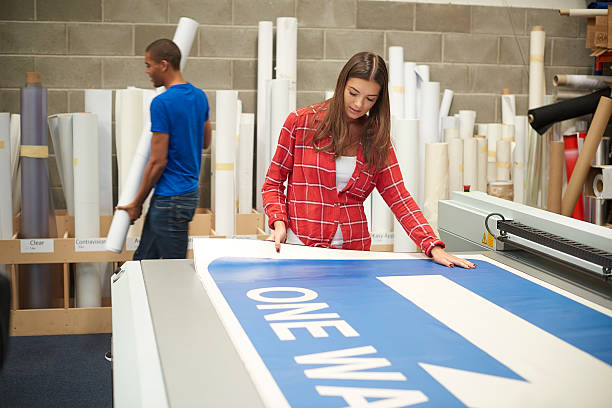81% of consumers are visual learners and images are the primary way they process information. In fact, 90% of snap judgments about products are based on visual information; not text. This means that how your product looks will have a huge impact on how it’s perceived by consumers.
If you think about it, this makes sense — after all, we see things with our eyes first and foremost. When people look at a product, no matter what their age or interests, the visual details are almost always the first thing they register, before even reading the label. With all these statistics in mind, you can understand why so many people have recently declared that images are Everything. A powerful image can turn a commonplace object into an aspirational purchase. The right photo can make a me-too product stand out from its competitors in online searches. Your product images should be treated as one of your most important assets in crafting and promoting your brand’s image and message — especially when marketing your own products to consumers!
How to create effective product positioning?
The process of creating effective product positioning starts with answering some key questions about your product. Here are the most important questions to ask about your product so that you can create the most effective positioning. What is the main benefit of your product? What problem does your product solve? What problem does your product solve? What is your product’s USP? How is your product different from the rest? What is the USP of your product? How is your product better than the competition?
Four ways to use your product images for effective positioning
There are a number of ways you can use your product images to create a strong and effective positioning strategy. Here are the four key uses for product images in product positioning:
– Highlight key features: The product images are a chance for you to demonstrate the main features and benefits of your product.
– Highlight the brand: Use your product images to promote your brand and the image you want to project.
– Highlight the benefits: The product images are a chance for you to show how the product benefits the user.
– Create a visual story: Product images can be a good way to also create a visual story that helps people connect with your product.
These ways discussed above provide enough benefits to help you build strong product positioning within your audience.
A tip before you start outdoor product shooting
– What is the product?- Who is the product for?- Why will it be useful for them?- What does it look/feel like?- In what situations is it used? – How does it stack up against the competition? You should know these details before you pick up a camera.
This will help you create visual content that showcases the product’s best features, while staying true to your brand’s visual aesthetic. A general note: when shooting photos of your product, try to make them as realistic as possible. Avoid using Photoshop or other editing software to enhance the images; instead, shoot the product as it actually is. This will help your images remain authentic, and may also help you avoid violating the intellectual property rights of others.
What types of images should you shoot?
There are multiple types of images you might want to consider shooting — from lifestyle shots to close-ups of the product in action. Some of the most common product image types include:
– Lifestyle shots: These are wide-angle shots that show the product being used in context — on a kitchen counter, in the living room, or in the garage.
– Close-ups: These are shots of the product from a close distance, showing all the product’s features, from the buttons on a kitchen appliance to the stitching on a pair of shoes.
– Product shots: These show the product from the outside, from multiple angles, to fully showcase all the details.
You can also mix and match these strategies to come up with your own, unique outdoor product shoots. At the end of the day, it is all about being creative with your approach.
How to shoot your own product photos
If you’re just getting started with product photography, there’s no need to hire a professional photographer. Here are a few tips to keep in mind:
– Before you start shooting, set up a well-lit area, with a backdrop and clean, uncluttered surfaces.
– When taking the picture, keep your camera parallel to the product, and make sure that the product is in focus.
– Adjust your camera settings to match the product’s lighting, and try to avoid shooting directly into the sun.
– Take multiple pictures from different angles, and select the best photo(s) from each batch to form your final image(s).
– After selecting your best photo, you might want to edit it with image-editing software, like Adobe Photoshop or Corel PaintShop.
Editing your product photos
Here are some important editing points that you can focus on when it comes to improving or modifying your outdoor product shoot images:
– Color correction: You may want to adjust the color settings of your image, to ensure that the product is not overly saturated or muted. You may also want to adjust the white balance and tint, so that the product looks its most accurate in terms of color.
– Image enhancement: You may want to increase the brightness and contrast, as well as adjust the black and white settings, to make sure your product looks its best.
– Reduction: You may want to remove extra elements, like power cords, to avoid cluttering up your image, as well as reduce glare or shadows on the product.
– Image cropping: You may want to crop the image to focus solely on the product, rather than showing the surroundings. You might also want to crop the image to a square, or another standard photo format, to meet the requirements of a particular social media platform.
– Adding shadow: You may want to add a shadow behind the product, to give the image a sense of depth, or behind subjects in the image, like people or other items.
How to use these photos in your marketing
Now that you have clicked perfect outdoor photos for your products, you should know the steps that can be taken to promote these photos, and directly impact your product positioning in the market. For that, there are several ways and approaches that you can take, including:
– Social media: Once you’ve selected your best images, you can use them to promote your product on social media. Most social media platforms allow you to add images to posts, so you can create posts with these images to drive traffic to your website.
– Email marketing: You can use these photos in your marketing emails to direct traffic to your website.
– Website: You can use these photos on your website to help sell your product. You can also use these images on your product pages to show the product being used. – Product listings: You can use these photos on your product listings, like Amazon listings, to promote your product using high-quality e-commerce product images.
– Physical marketing materials: You can use these photos on your physical marketing materials, like pamphlets, fliers, and billboards, to drive traffic to your website
Wrapping up
Product images are the key to a successful product positioning. People make decisions, both online and offline, based on what they see. This means that your product images need to be high quality and attractive so that your product stands out against competitors.
Before you can use your product images in marketing, you first have to take high-quality photos. You also have to think about how you will present them to your customers. Use these tips to create a successful product positioning with your product images.
















